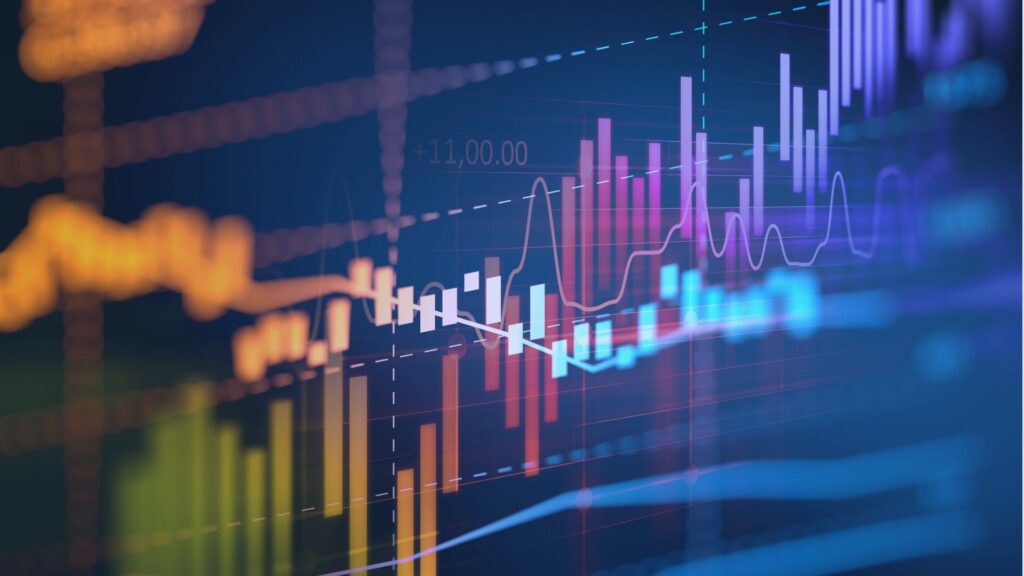Major Differences Between Forex and Stock Markets
Financial markets are crucial pillars of the global economy, playing an essential role in investment, financing, and wealth transfer. Among these markets, two stand out as major arenas for investors: the Forex (foreign exchange) market and the stock market. Each of these markets has its own unique characteristics, opportunities, and challenges, which can either attract or deter investors. In this article from Toofan Trading Academy, we will explore the major differences between Forex and stock markets, helping investors make more informed investment decisions.
1. Concept of the Markets
The Forex market, the largest financial market in the world, is dedicated to the exchange of foreign currencies. Known for its immense daily trading volume, exceeding $6 trillion, the Forex market is recognized as highly dynamic. Traders in this market exchange various currencies against each other, with the primary goal of profiting from changes in exchange rates.
In contrast, the stock market is where investors buy and sell shares of different companies. Stocks represent ownership in a company and allow investors to share in the company’s profits and losses. The stock market is primarily seen as a venue for companies to raise capital and for investors to profit from economic growth and corporate performance.
Read more: Impact of interest rates on major currency pairs in Forex
2. Trading Hours
One of the key differences between the Forex and stock markets is their trading hours. The Forex market operates 24 hours a day, five days a week. This continuous trading environment allows traders to engage in transactions at any time of day or night, as the Forex market is active globally, with major financial centers operating in different time zones.
On the other hand, the stock market operates during specific business hours known as “trading hours.” For example, the New York Stock Exchange (NYSE) is open from 9:30 AM to 4:00 PM local time. This time constraint means that traders can only buy and sell stocks within this window.
3. Liquidity
Liquidity refers to the ease with which an asset can be quickly converted into cash without a significant loss in value. The Forex market, with its high trading volume and large number of participants, boasts extremely high liquidity. This high liquidity allows traders to quickly enter and exit trades and easily exchange various currencies.
Conversely, the stock market generally has lower liquidity compared to Forex. While some large, frequently traded stocks are highly liquid, many smaller stocks may suffer from lower liquidity, making it more difficult to buy or sell these stocks quickly.
4. Factors Influencing Prices
The Forex market is influenced by global economic and political factors. Changes in interest rates, inflation, unemployment rates, and government economic policies can significantly impact currency exchange rates. Additionally, geopolitical events and even rumors can cause substantial volatility in the Forex market.
In the stock market, prices are more influenced by company performance and internal factors. Financial reports, management changes, innovations, and new products, as well as industry conditions, can greatly affect stock prices. Although macroeconomic factors also influence the stock market, their impact is usually less direct compared to the Forex market.

5. Leverage
Leverage is one of the standout features of the Forex market, allowing traders to control large positions with a relatively small amount of capital. For example, with a leverage ratio of 1:100, a trader can control a $100,000 position with just $1,000 of capital. While this can lead to substantial profits, it also carries a high level of risk and can result in significant losses.
In the stock market, leverage is generally more limited. Although traders can use margins to buy stocks, the level of leverage in the stock market is typically lower than in Forex. This generally makes the stock market less risky compared to Forex.
Learn More: Forex expert team: the role and importance of experts in your investment success
6. Price Volatility
Price volatility is another key difference between Forex and stock markets. Due to global influences and high liquidity, the Forex market experiences significant volatility. This volatility can create substantial profit opportunities but also involves high risk.
The stock market generally has less volatility than Forex, particularly in large, stable companies. While some smaller and riskier stocks can be highly volatile, the stock market is generally seen as more stable and less volatile than Forex.
7. Investment Objectives
The Forex market tends to attract traders who are looking for short-term opportunities and quick profits. Many Forex traders aim to capitalize on daily fluctuations and their trades may last only minutes or hours.
On the other hand, the stock market appeals to investors who seek long-term capital growth. Many stock investors view shares as a long-term investment tool, aiming to profit from the growth in the value of companies and receiving dividends.
8. Risk and Capital Management
Due to high volatility and the use of leverage, the Forex market is considered highly risky. Traders in this market need to employ careful risk management strategies and diversify their investments to mitigate risks. In contrast, the stock market generally carries less risk, especially when investors focus on stable, large-cap stocks.
Conclusion
Both the Forex and stock markets play vital roles in the financial world, but they differ significantly in ways that traders and investors need to understand. Forex, with its high liquidity, significant volatility, and short-term opportunities, is a dynamic and high-risk market attractive to active and risk-tolerant traders. In contrast, the stock market, with its focus on long-term investment, opportunities for steady growth, and lower risk, is more suitable for cautious investors seeking gradual capital appreciation.
To succeed in either of these markets, investors and traders must thoroughly understand their characteristics and differences and tailor their strategies to their objectives and risk tolerance. The choice between these two markets depends on individual needs and trading styles, and a deep understanding of both markets can enhance financial decision-making and investment outcomes.
